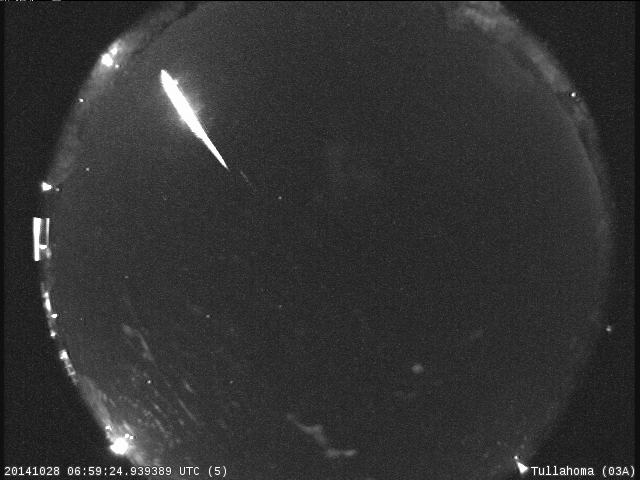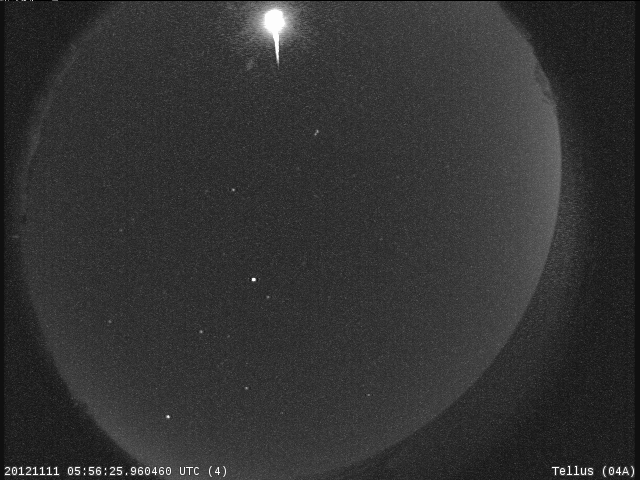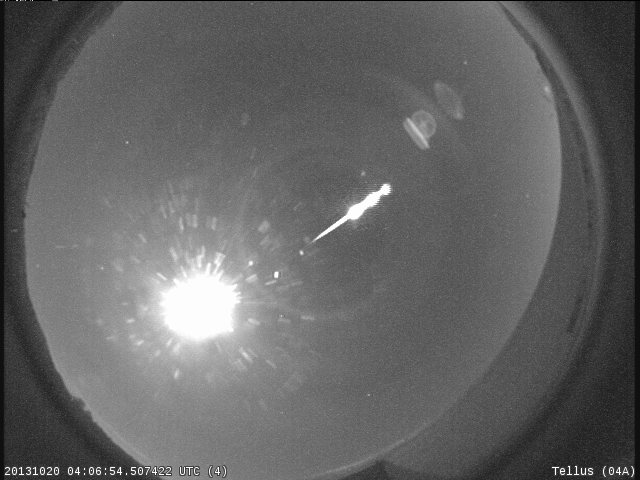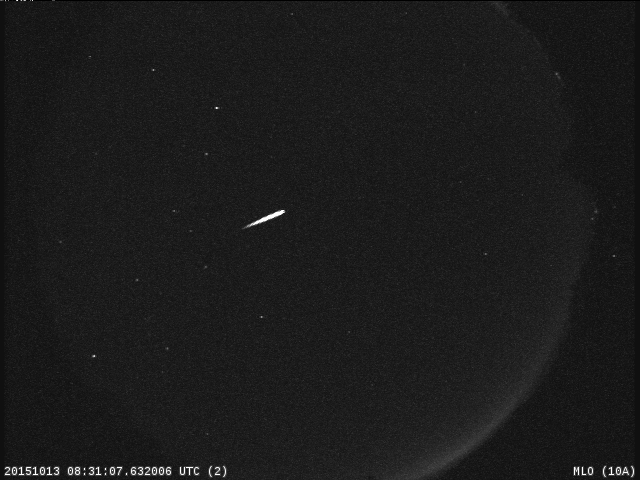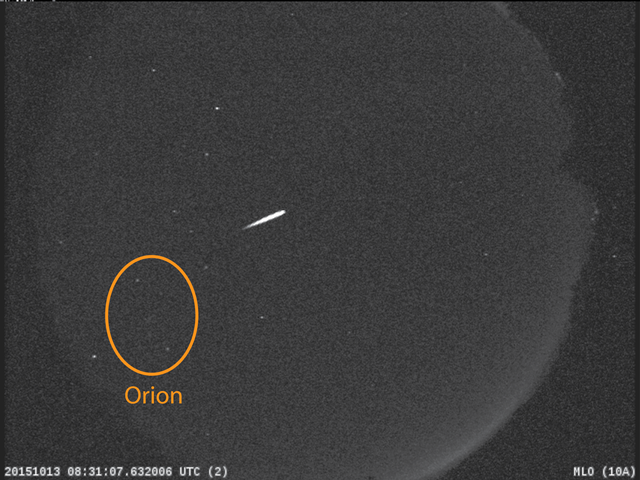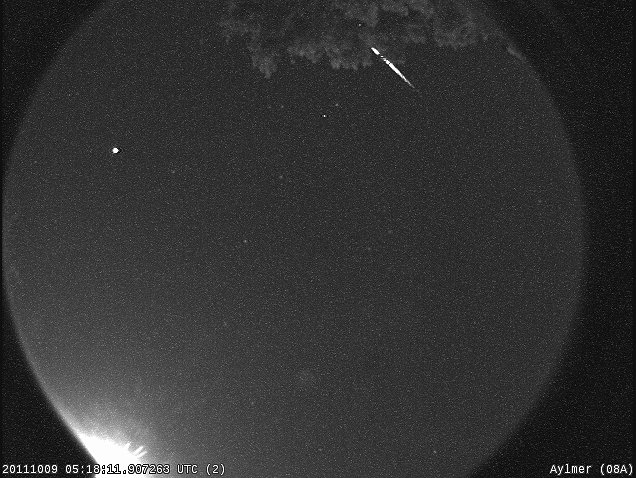Every year from September-November, the Earth passes through a broad stream of debris left by Comet Encke. The dust associated with the comet hits the Earth’s atmosphere at 65,000 mph and burns up, creating the Taurid meteor shower. Most years the shower is weak, and only a few Taurid meteors can be seen each night. Other years, the Taurids can put on a show.
This year, the Taurids may be more active than usual.
Bright Taurid fireballs may be more numerous this year, according to some scientists. Known as the Taurid “swarm,” these bright meteors are created when the Earth runs into a group of pebble-sized fragments from the comet that then burn up in the atmosphere.
“The annual Taurid meteor shower is going on right now, and we are seeing steady activity in our meteor cameras,” said Bill Cooke, lead for the NASA Meteoroid Environments Office. “Individuals should not be surprised if they see a bright meteor or fireball over the next few nights.”
Taurid meteors can be seen any time the constellation Taurus is above the horizon during the months of September, October, and November. The best time to look for Taurids is after midnight, when Taurus is high in the sky, and when the sky is dark and clear, with no moonlight to mask the fainter meteors. Given the behavior of past Taurid swarms, increased fireball activity may be seen during the last week of October and the first two weeks of November.
